This rack is actually three, but they belong together, so to keep track of it all I've built them as one rack here.
The top row is a separate audio skiff, the second row is a modulation skiff, and the bottom two rows is the video rack.
The audio skiff is intended to be used in combination with an SQ-1, FX pedals, and a Muscarin, when it arrives: https://www.indiegogo.com/projects/muscarin-semi-modular-synthesizer/ – it's mainly meant to make bizarre soundscapes, partly based on field recordings and stuff.
The modulation skiff can be used in combination with either or both the audio and video cases. It's intended to make chaotic and unpredictable, but somewhat controllable envelopes. In addition to controlling the synths, I'm also planning to use it for controlling lighting (!). A small PureData patch running on a Raspberry Pi takes CV input from the ES-8, processes it if neccessary (slew etc), translates it to a language that my lighting console speaks – currently OSC – and then it controls parameters such as pan/tilt on moving heads. This also works the other way: DMX/ArtNet/OSC from the lighting console is translated to CV which can influence what the control skiff does, or modulate video synth parameters, so that for instanve video colour and modulation speed matches the colour and movement of the lighting.
Depending on how this works out, I may build the control skiff as a 19" subrack that can be used either as a skiff or be racked in a flightcase together with the console.
Outboard video kit includes a PVM 9045QM, multiple Yuan DAC and ADC scaler/converters, Blackmagic Micro Cinema 4K for rescanning, and Blackmagic Video Assist 4K for monitoring/recording, and a good old BPMC Basic Cable for glitchy goodness. The video rack and outboard kit all currently fits in one rolling ThinkTank case – I'll need to do something smart to make the control skiff fit as well.


